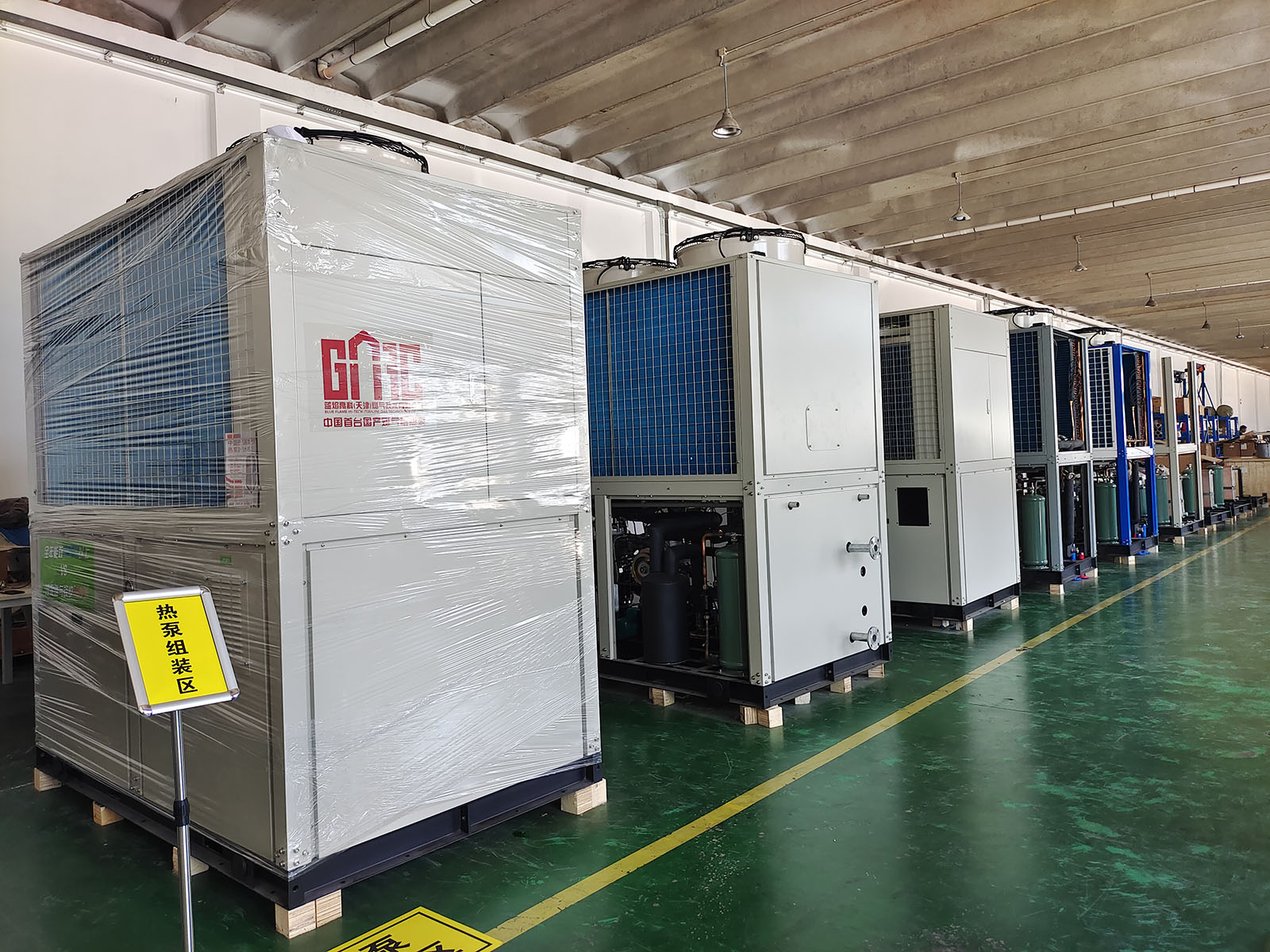- Afrikaans
- Albanian
- Amharic
- Arabic
- Armenian
- Azerbaijani
- Basque
- Belarusian
- Bengali
- Bosnian
- Bulgarian
- Catalan
- Cebuano
- China
- China (Taiwan)
- Corsican
- Croatian
- Czech
- Danish
- Dutch
- English
- Esperanto
- Estonian
- Finnish
- French
- Frisian
- Galician
- Georgian
- German
- Greek
- Gujarati
- Haitian Creole
- hausa
- hawaiian
- Hebrew
- Hindi
- Miao
- Hungarian
- Icelandic
- igbo
- Indonesian
- irish
- Italian
- Japanese
- Javanese
- Kannada
- kazakh
- Khmer
- Rwandese
- Korean
- Kurdish
- Kyrgyz
- Lao
- Latin
- Latvian
- Lithuanian
- Luxembourgish
- Macedonian
- Malgashi
- Malay
- Malayalam
- Maltese
- Maori
- Marathi
- Mongolian
- Myanmar
- Nepali
- Norwegian
- Norwegian
- Occitan
- Pashto
- Persian
- Polish
- Portuguese
- Punjabi
- Romanian
- Russian
- Samoan
- Scottish Gaelic
- Serbian
- Sesotho
- Shona
- Sindhi
- Sinhala
- Slovak
- Slovenian
- Somali
- Spanish
- Sundanese
- Swahili
- Swedish
- Tagalog
- Tajik
- Tamil
- Tatar
- Telugu
- Thai
- Turkish
- Turkmen
- Ukrainian
- Urdu
- Uighur
- Uzbek
- Vietnamese
- Welsh
- Bantu
- Yiddish
- Yoruba
- Zulu
Nov . 17, 2024 03:50 Back to list
heat exchanger for low nitrogen condensing gas-fired boiler
Heat Exchanger for Low Nitrogen Condensing Gas-Fired Boilers
In recent years, the demand for energy-efficient solutions in heating and industrial processes has grown significantly. One crucial innovation that has emerged in this landscape is the low nitrogen condensing gas-fired boiler, which employs advanced heat exchanger technology to reduce emissions and improve efficiency. This article explores the importance of the heat exchanger in such systems, its design features, and the benefits it provides.
The primary function of the heat exchanger in a gas-fired boiler is to transfer heat from the combustion gases to the water or steam that is ultimately used for heating. In low nitrogen condensing boilers, the heat exchanger is specifically designed to recover and utilize the latent heat released during the condensation of water vapor present in the exhaust gases. This crucial process allows these boilers to reach efficiencies of over 90%, which significantly reduces fuel consumption and greenhouse gas emissions.
One of the standout features of heat exchangers in these systems is their compact design. Due to the high heat transfer efficiency they offer, manufacturers can create smaller, lighter units compared to traditional boilers. This compactness not only saves space but also simplifies installation and maintenance processes. Moreover, advancements in materials used for heat exchangers—such as stainless steel and aluminum—have enhanced durability and resistance to corrosion, further improving their lifespan and performance.
heat exchanger for low nitrogen condensing gas-fired boiler

Additionally, the low nitrogen condensing boilers benefit from a two-stage heat exchange process. In the first stage, the heat exchanger captures the initial heat from the combustion gases, which is then used to preheat the incoming water. In the second stage, as the temperature of the exhaust gases drops further, condensation occurs. The latent heat released during this phase is recovered, contributing to the overall efficiency of the boiler. This dual-phase operation not only optimizes heat recovery but also minimizes the temperature differential, reducing the risk of thermal stress and prolonging the heat exchanger’s operational lifespan.
The implications of implementing heat exchangers in low nitrogen condensing gas-fired boilers extend beyond efficiency. By operating at lower temperatures and recovering latent heat, these systems can achieve significant reductions in nitrogen oxide (NOx) emissions—an essential requirement given stringent environmental regulations aimed at reducing air pollution. As a result, these boilers represent a vital step toward cleaner and more sustainable heating solutions.
Furthermore, the use of advanced control systems integrated within condensing boilers enhances the functionality of the heat exchanger by optimizing the flow rates and temperatures within the unit. Smart sensors monitor the system's parameters in real-time, allowing for precise adjustments that maintain optimal efficiency. This level of automation not only improves performance but also enables predictive maintenance, reducing unexpected downtimes and associated costs.
In conclusion, the heat exchanger serves as a cornerstone of low nitrogen condensing gas-fired boilers, enhancing energy efficiency and minimizing environmental impact. Its advanced design, coupled with innovative materials and technologies, ensures that these systems meet the growing demand for sustainable heating solutions. As industries and consumers alike strive for greener alternatives, the importance of efficient heat exchangers will continue to rise, shaping the future of energy consumption and environmental stewardship. Embracing these technologies not only signifies a commitment to reducing carbon footprints but also highlights the vital role of innovation in addressing global energy challenges.
-
8mm Thin-Walled Cast Steel Manhole Cover Pallet Bottom Ring | Durable
NewsAug.04,2025
-
Premium Cast Iron Water Main Pipe: Durable, Corrosion-Resistant
NewsAug.03,2025
-
Durable Cast Iron Water Mains | AI-Optimized Systems
NewsAug.02,2025
-
High-Efficiency Propane Boiler for Baseboard Heat | Save Energy
NewsAug.01,2025
-
Premium Source Suppliers for Various Gray Iron Castings
NewsJul.31,2025
-
Durable Cast Iron Water Main Pipes | Long-Lasting
NewsJul.31,2025


